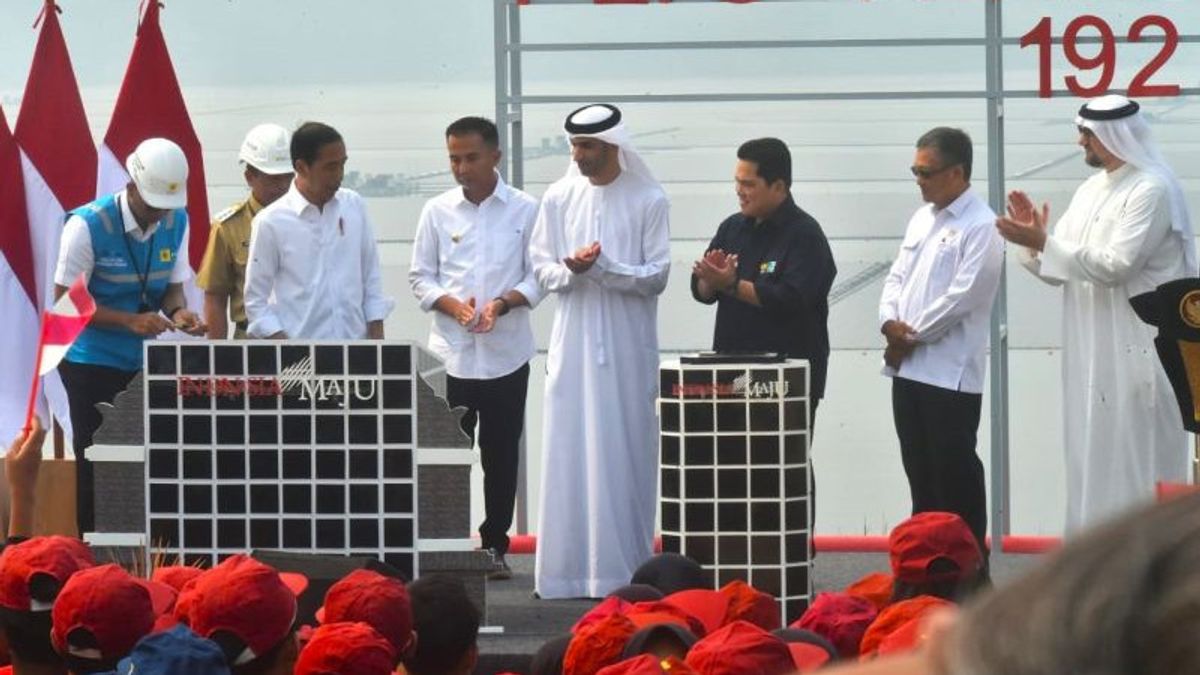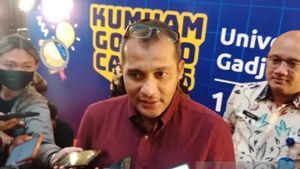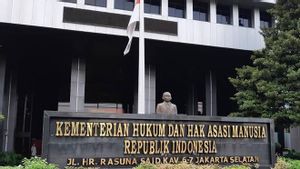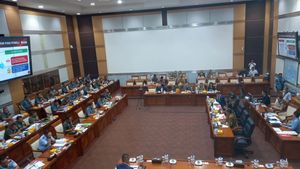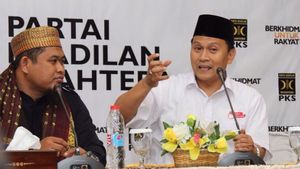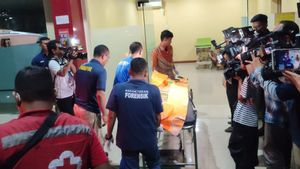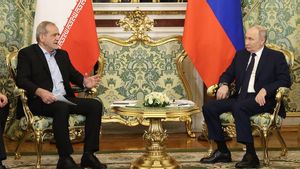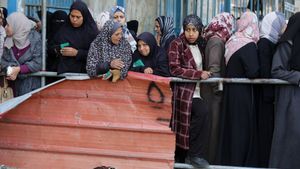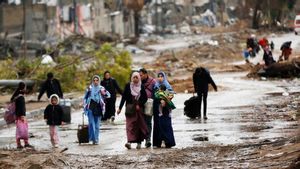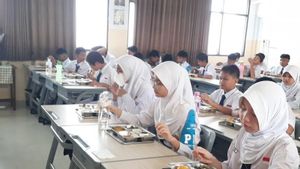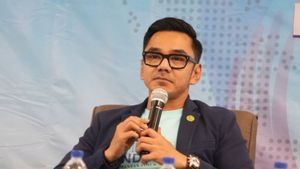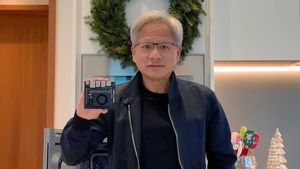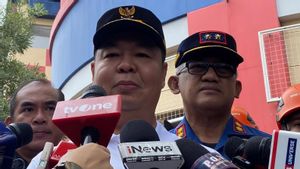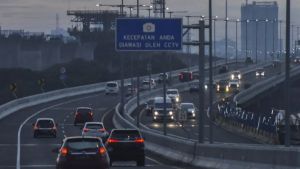JAKARTA - President Joko Widodo (Jokowi) said the use of smart electricity network technology or smart grids must continue to be optimized.
This is because Indonesia has a very large potential for new and renewable energy (EBT), and must be utilized as well as possible for the welfare of the community.
However, according to Jokowi, the EBT-based power plant has challenges, because it has an intermittent nature or depends on weather conditions.
"For example, in solar plants or wind-powered plants, in the process there is a weather challenge indeed, but we can overcome it by building a smart grid," said President Jokowi when inaugurating the Cirata Floating Solar Power Plant (PLTS) with a capacity of 192 MWp, which is the largest PLTS in Southeast Asia in Purwakarta Regency, West Java, quoted from the release of the Ministry of Energy and Mineral Resources in Jakarta, Friday, November 10.
By using a smart grid, he continued, if the weather is changing, electricity will remain stable and there will be no obstacles that will interfere with the provision of electricity.
In addition, the smart grid will also be able to answer the challenges of the location of potential EBT sources far from the community or to the economic center, making it easier for people to get access to electricity from green energy at affordable prices.
"The solution is that we can build a transmission line and later we can distribute any EBT potential in Sumatra, Kalimantan, and Sulawesi to economic centers," added the President.
Smart grid will also strengthen the government's commitment to pursuing the energy mix target of 23 percent by 2025.
"We hope that there will be more EBT in our country, both solar, hydro, geothermal and wind, I think if we continue to carry out consistently, it will be very good," said Jokowi.
On several occasions, Minister of Energy and Mineral Resources (ESDM) Arifin Tasrif believes that the smart grid construction will provide equal access to electricity for people living in 3T (frontier, underdeveloped, and outermost) areas.
"Smart grid technology is not limited to information and communication (ICT) technology, but can also be used for efficient electrical system automation in 3T areas by utilizing local renewable energy through the smart micro grid concept," he explained.
According to Arifin, Indonesia's topography is not an obstacle for the government in providing access to electricity to the community.
"Several strategies in providing electricity can be done on a grid or off the grid," he said.
Meanwhile, President Director of PT PLN (Persero) Darmawan Prasodjo said PLN will carry the use of smart grids and the construction of inter-island transmission networks with an Accelerated Renewable Energy Development (ARED) strategy, which can increase the use of EBT by 75 percent or equivalent to 61 gigawatts (GW) until 2040.
This strategy is carried out through the construction of a green enabling transmission line, which will connect the potential of EBT in remote areas with the center of electricity load.
The infrastructure is also equipped with a smart grid ranging from generation, transmission, to distribution. This step is a solution to the challenge of intermittency in power plants, so that the electricity supply can remain reliable and sustainable.
"We can increase the use of solar and wind power plants from only 5 GW to 28 GW to 2040. We will carry out the best effort to execute the direction of the President. We are ready to carry out the energy transition to ensure that future life is better," said Darmawan.
VOIR éGALEMENT:
The English, Chinese, Japanese, Arabic, and French versions are automatically generated by the AI. So there may still be inaccuracies in translating, please always see Indonesian as our main language. (system supported by DigitalSiber.id)
Tags les plus populaires
#Palestine #Hasto Kristiyanto #free nutritious food #patrick kluivert #tangerang sea fencePopulaire
18 Januari 2025, 00:16
18 Januari 2025, 01:16
